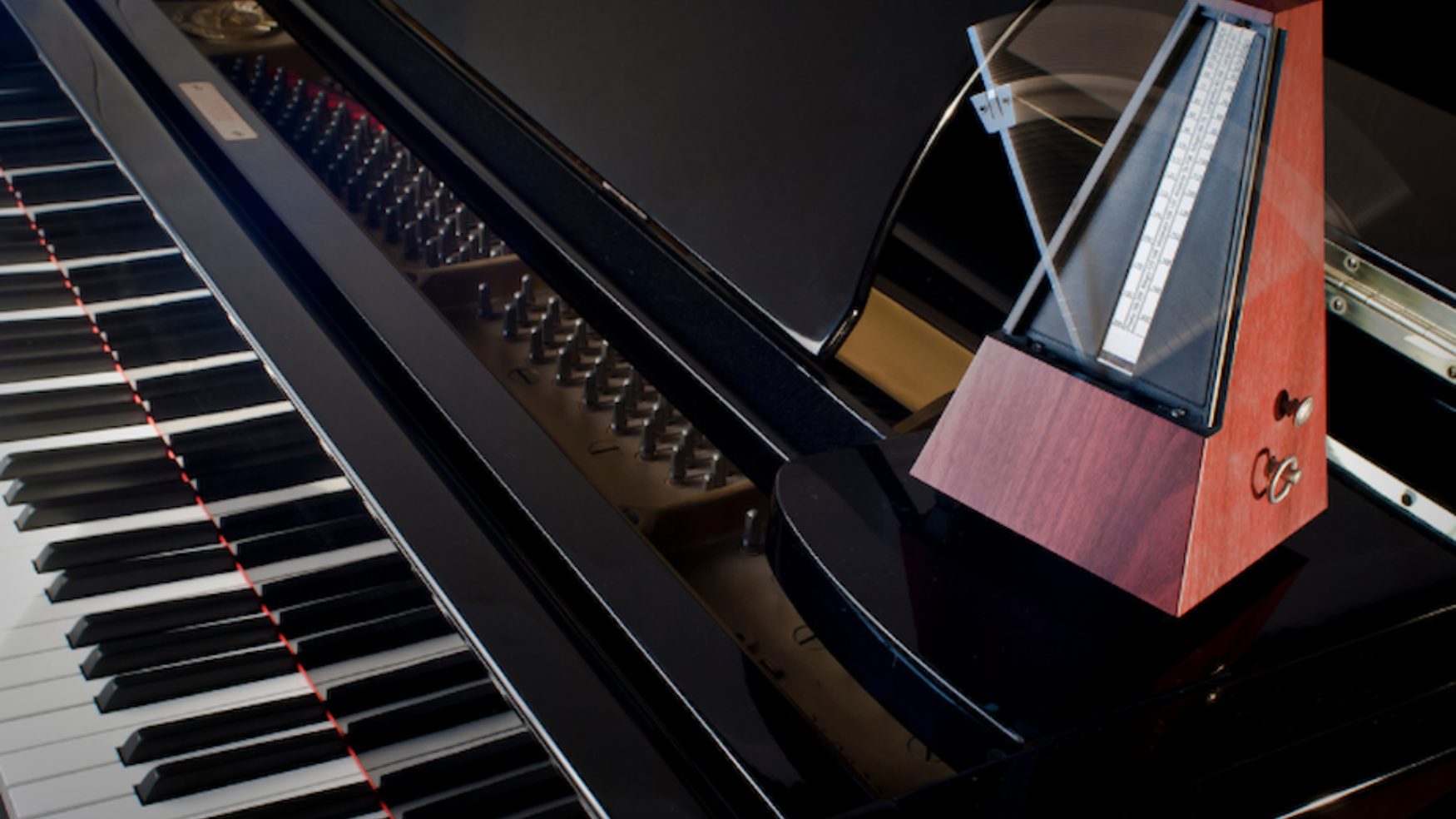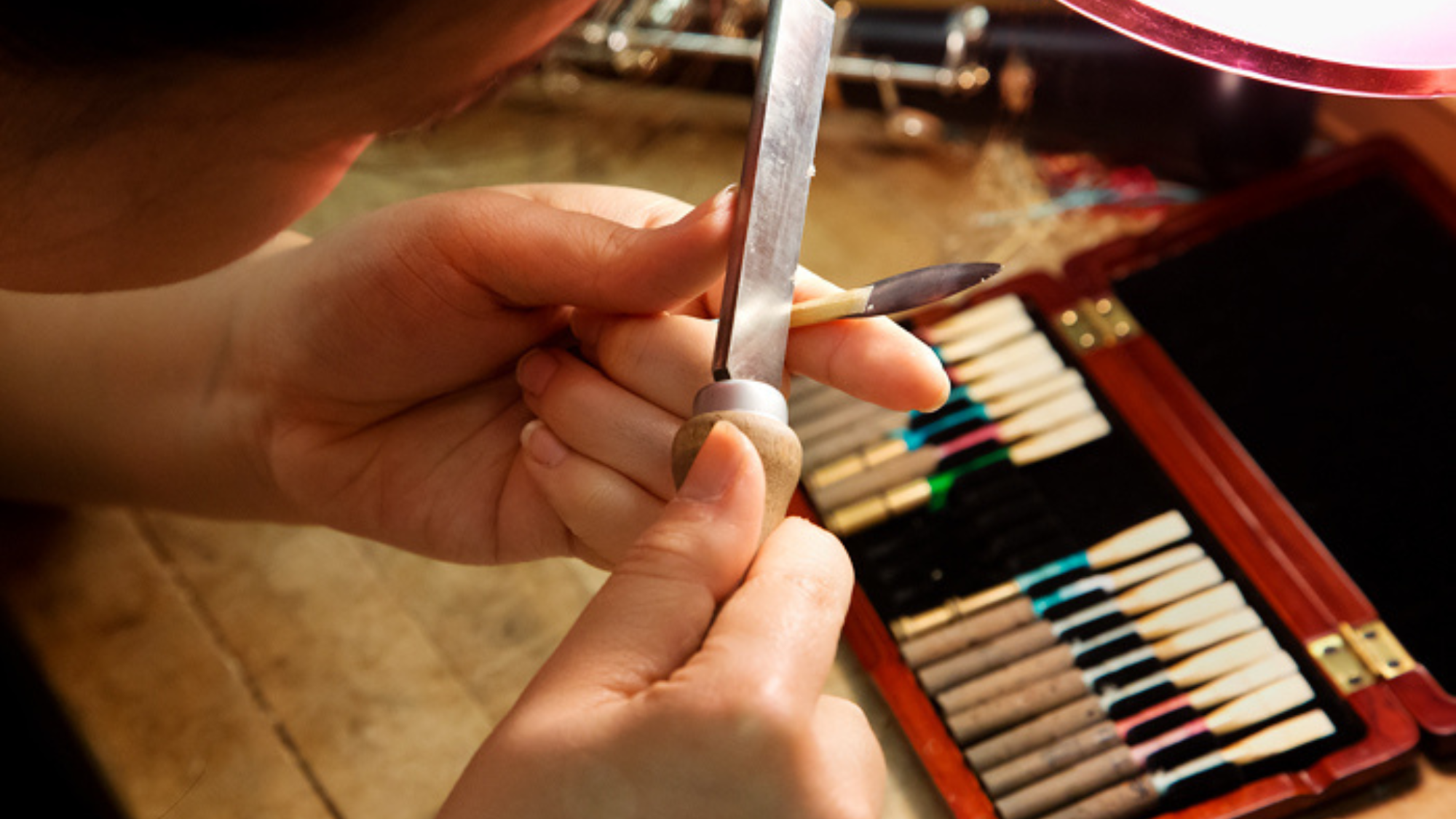Introduction
Vibrato is a technique used by most advanced musicians to add expression to the music, improve intonation and allow notes to have a singing quality. When examining the use of vibrato in both classical and jazz styles, performers will discover that there are major differences in the way vibrato is played between the two. In order to properly perform with a great saxophone vibrato, it is important to know these differences and adjust the style of vibrato accordingly.
Producing Vibrato
There are several methods for producing vibrato depending on the instrument being played and the preference of the performer. Diaphragm, finger, hand, slide and jaw are all valid methods of producing vibrato. Flautists and double reed performers produce vibrato using their diaphragm while string players use their fingers. Trombonists may use slide or jaw vibrato while other brass performers use hand or jaw vibrato. Single reed performers prefer jaw vibrato.
To produce jaw vibrato, the jaw is lowered and raised very similar to the motion made when chewing while the lower lip stays in contact with the reed. The lowering of the jaw reduces the embouchure pressure allowing the tone to go slightly flat. When the jaw returns to its normal position, correct pressure is restored and the pitch is once again in tune. It is this fluctuation in pitch, in tune and slightly flat, that produces the vibrato.
When producing vibrato, the two basic factors manipulated by musicians are vibrato speed and width. The rate of movement determines vibrato speed while the amount of movement determines vibrato width. It is important for the performer to have complete control over these two factors so vibrato can be used to the fullest potential.
Differences Between Classical and Jazz Vibrato
When performing classical music, vibrato is usually played on all notes of longer durations unless the performer is instructed otherwise. Classical vibrato is started immediately after the note is begun and has a relatively quick speed. Vibrato in this style has steady, even pulses and a consistent vibrato width. However, vibrato speed and width may vary from one piece to the next or within the same piece, depending upon the style, tempo and intensity desired.

Classical vibrato is considered an essential part of the overall tone and is somewhat standardized in the sense that musicians do not use it as a way of individualizing their playing style. Players who desire to play in the classical style should listen to and imitate the vibrato styles of prominent classical artists performing on a variety of instruments, not just their instrument. By doing this, the performer will soon develop the ability to perform classical music with appropriate vibrato.
When playing traditional jazz music, vibrato is used sparingly on medium and fast tempo tunes since performers in this style usually play with a straight tone. However, vibrato is frequently used on tunes performed at slower tempi, especially ballads. When playing a ballad, vibrato is usually applied to all notes of longer duration but unlike classical vibrato, jazz vibrato does not start immediately after the note is begun. Many jazz musicians prefer to start a note without vibrato, which builds tension in the musical phrase. After the note has sounded for a while, vibrato is applied towards the middle or end of the note releasing the tension and allowing the note to sing.

Also unlike classical vibrato, the speed and width of vibrato may change constantly depending upon the performer’s expressive desires. Jazz vibrato is not considered a part of the overall tone and is used to create intensity, expression and for some players, a distinctive performance style.
Smooth Jazz Vibrato
Smooth jazz is a style of music that has recently gained popularity with a wide range of listeners as well as performers. When performing this style of music, players use a combination of vibrato techniques from both classical and traditional jazz music. Like classical vibrato, smooth jazz vibrato is usually played on all notes of longer duration and begins immediately after the note is sounded. However, vibrato speed and width may vary greatly between pieces and also between performers as seen in the traditional jazz style. Smooth jazz vibrato is considered a part of the overall tone as in classical music but many smooth jazz performers also use it as a way to establish their own distinctive sound.
Jaw Vibrato Exercises
Before practicing jaw vibrato exercises, musicians should first practice the basic vibrato motion by saying the syllables wa, wa, wa, wa. This will simulate the jaw movement that actually takes place when performing vibrato on an instrument. Once this is completed, the performer can then begin a variety of exercises to master vibrato speed and width.
The first exercise for developing control over vibrato asks players to pick a note and practice vibrato very slowly making sure the jaw is correctly moving up and down. It is important that the jaw only be allowed to move up and down to produce the vibrato and not back and forth. A very wide vibrato width should also be used at this time to make it easier to monitor jaw movement. This will produce an unmusical sound but is necessary at this point in vibrato development. When producing vibrato, musicians should make sure that the pitch does not go sharp when the jaw is returned to its original position. After the player is confident that the basic jaw movement is correct, the vibrato width can be reduced and the speed increased.
A second exercise is to practice vibrato with a wide variety of pulses to the beat. The performer should first practice playing vibrato with two pulses per beat, which rhythmical would be interpreted as two eighth notes. The pulses should then be increased to three, which would be triplets, four, which would be sixteenth notes, five and eventually six.
Vibrato in Groups of Two’s to the Beat

Vibrato in Groups of Three’s to the Beat

Vibrato in Groups of Four’s to the Beat

A third exercise for mastering vibrato is to practice the vibrato by starting it very slowly, gradually speeding up and then reducing the speed. These three exercises will allow the instrumentalist to develop complete control of the vibrato width and speed.
Musicians should also be aware that vibrato width is greatly affected by the register in which it is performed. The lower register notes will require much more jaw movement to produce the same amount of vibrato width as notes in the upper register. Players must listen and adjust the movement of the jaw to produce a consistent vibrato in all registers. Vibrato speed and width are determined by the personal preferences of the performer and by listening to accomplished musicians, both instrumental and vocal, performers will develop the ability to determine the appropriate vibrato speed and width for each particular piece being performed.
Playing Vibrato in a Variety of Styles
Perhaps the most important factors in learning to play vibrato in a variety of musical styles are listening and imitation. Musicians must develop a concept in their minds of how appropriate vibrato sounds in each musical style. This is done by repeatedly listening to recordings of outstanding artists in each musical style noting differences in vibrato speed, width and consistency. Then through imitation, performers can begin to apply the knowledge they have learned into performance situations. Through listening and imitation, players will develop a great saxophone vibrato that can be used in a variety of musical styles.






